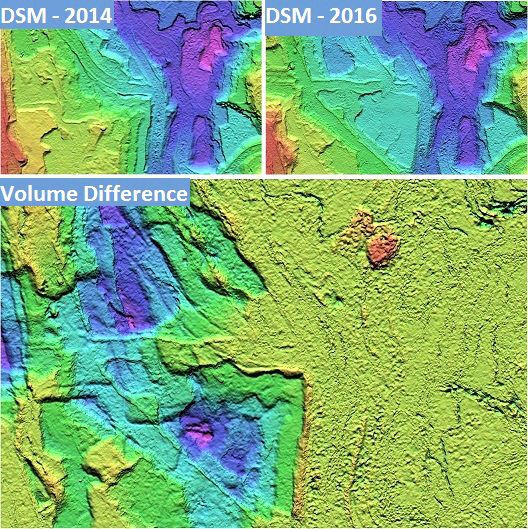

Having these suitable areas referred to as utilizable areas greatly assists in a reliable estimate of RPVs energy production.

Identification of rooftop areas suitable for installing RPVs is of importance for energy planning. Fourth, effective parameterization and calibration of land surface models is critically important, particularly in large, complex, and highly-regulated basins.The considerable potential of rooftop photovoltaics (RPVs) for alleviating the high energy demand of cities has made them a proven technology in local energy networks. The datasets investigated here showed considerable discrepancies, bringing their utility for land surface modelling into question. Third, there is a critical need for a rigorous evaluation of precipitation datasets widely used for forcing land surface models. Second, the dynamic parameterization of reservoir operation, based on multiple storage zones and reservoir release targets, improves the simulation of reservoir storage dynamics and downstream release, and subsequently, significantly improves the fidelity of land surface models when modeling managed basins. First, the multi-objective optimization and sensitivity analysis approach using multiple state and flux variables and performance criteria enables robust model parameterization and lessens issues around parameter equifinality in the highly-parameterized land surface models.

The analyses and results of this thesis illuminated important issues and their solutions in large-scale hydrological modelling.

Specifically, the research contributions were made across four fronts: (1) improving the conventional procedure for parameter identification of hydrological processes by using new sources of remotely-sensed data in addition to streamflow data within a multi-objective optimization and sensitivity analysis framework, (2) developing and integrating an efficient parameterization scheme for the representation of reservoirs into the land surface model for realistic representation of downstream flows, which can further feedback to land surface and atmospheric models, (3) demonstrating how precipitation uncertainty from multiple high-resolution precipitation products influences the performance of a land-surface based hydrological model, and (4) developing an enhanced and comprehensive large-scale hydrologic model for a complex and heavily regulated watershed. This thesis aimed to improve ‘land surface models’ for large-scale hydrological modelling applications. They enable us to understand and predict changes in water cycle at river-basin, continental, and global scales. Large-scale hydrological models are essential tools for addressing emerging water security challenges.


 0 kommentar(er)
0 kommentar(er)
